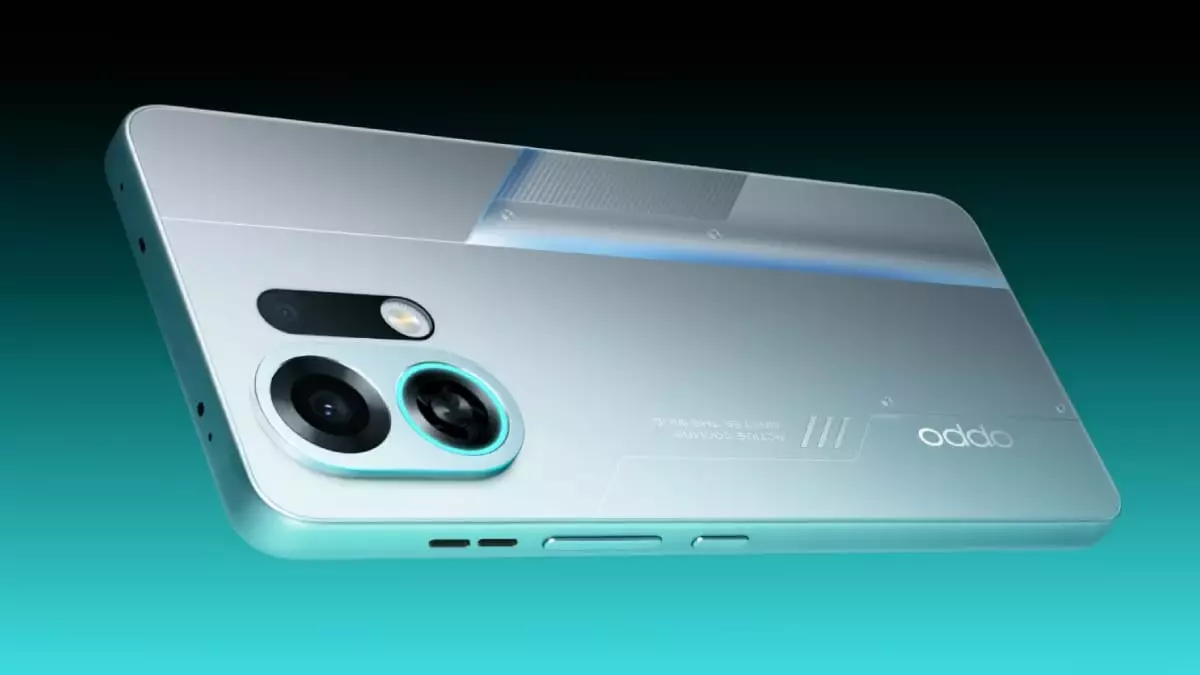In the relentless churn of the smartphone industry, manufacturers regularly unveil new devices that promise groundbreaking features, only to leave consumers underwhelmed when reality falls short of marketing hype. The upcoming Oppo K13 Turbo series, set for release in India, exemplifies this pattern. While Oppo touts the series as an epitome of technological prowess—featuring active cooling systems, AI capabilities, and cutting-edge processors—the true value of these advancements warrants a more skeptical lens. Are these innovations genuinely beneficial for users, or are they just superficial enhancements designed to fetch higher prices and gather buzz?
The inclusion of active cooling with centrifugal fans and vapour chambers certainly sounds promising, especially considering the thermal challenges high-performance smartphones face today. However, experience suggests that thermal management improvements often translate into marginal gains for everyday users. Most consumers don’t push their devices to the brink, and hence, the significance of such cooling mechanisms can be overstated. The real-world impact might be limited, with some users scarcely noticing any difference unless they’re heavy gamers or content creators.
Furthermore, touting an upgraded Snapdragon 8s Gen 4 or MediaTek Dimensity 8450 chipset seems impressive on paper. Still, much of this performance boost remains confined to synthetic benchmarks rather than tangible everyday benefits. The emotional appeal of “better performance” often obscures the reality that many smartphones, especially within the Rs. 40,000 segment, already offer more than enough power for typical use cases—social media, streaming, and basic multitasking. The real question is whether these chips make a meaningful difference to the average consumer or merely serve as a marketing lever to justify a higher price tag.
AI and Connectivity as the New Marketing Frontier
Oppo’s emphasis on AI features and connectivity standards like Wi-Fi 7, 5G, and Bluetooth 6.0 is part of a broader industry trend where brands try to dazzle with “smart” capabilities. However, the kind of AI integration claimed—text summarization, smart suggestions, scene optimization—is often superficial. These features rely heavily on software enhancements that can be implemented on far cheaper or older devices via updates or third-party apps. The promise of smarter AI does not necessarily translate to smarter use or better device longevity.
The purported AI efficiencies, particularly the 40 percent improvement in AI processing with their NPU, should be scrutinized. Are these improvements substantial enough to dramatically change user experiences? Or are they just incremental improvements that sound technically impressive but hold little relevance for everyday users? Consumers need to ask whether these features will solve problems they lack or simply add superficial “cool” factors to a device that doesn’t fundamentally alter their usage experience.
Similarly, the marketing focus on next-generation connectivity like Wi-Fi 7 seems forward-thinking but might be irrelevant until months or years down the line when such standards become widespread. Currently, most users are still transitioning to 5G, and Wi-Fi 6 remains the norm. Therefore, emphasizing Wi-Fi 7 may be more about perceived modernity than real-world utility.
The Cost of Innovation and Consumer Expectations
While Oppo promises competitively priced phones under Rs. 40,000, it’s essential to be skeptical about what this price point truly includes. The push for high-end features—premium cooling systems, advanced processors, AI capabilities—inevitably inflates costs, and these extras might be more about enterprise marketing than genuine user benefit. Consumers deserve transparency rather than a barrage of flashy specifications that mask incremental improvements.
Moreover, the trend of integrating increasingly complex hardware and software features can sometimes lead to an overly complicated user experience. Devices overloaded with AI suggestions and adaptive features might end up overwhelming users rather than empowering them. especially if these features are not intuitive or customizable. The risk is a device that feels more like a testing ground for emerging technologies than a trusty companion for daily life.
In a broader perspective, the obsession with showcasing cutting-edge features reflects the tech industry’s tendency to chase novelty rather than user-centric innovation. True innovation should simplify, enhance, and democratize technology—making it accessible and genuinely beneficial. Instead, flagship and mid-range devices frequently serve as battlegrounds for spec wars that often do little for the everyday user but drive sales through hype.
By critically examining the Oppo K13 Turbo series, one can conclude that while it boasts many attractive features on paper, the real-world impact of these advancements remains questionable. As consumers, we must approach such launches with a discerning eye—recognizing the thin line between meaningful innovation and marketing excess. Devices should serve to enhance our lives, not just to impress us with their technical specs. Only through a balanced perspective can we separate genuine progress from superficial glitz.


Leave a Reply